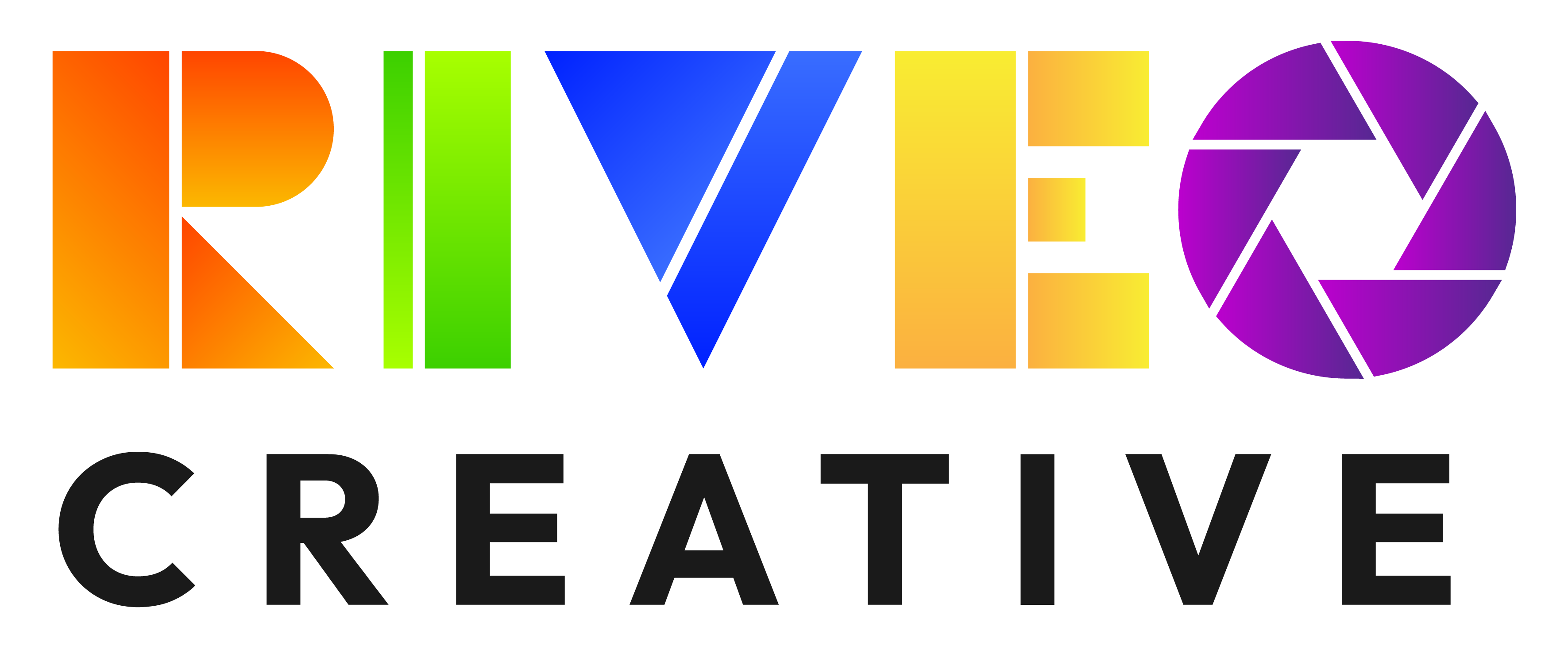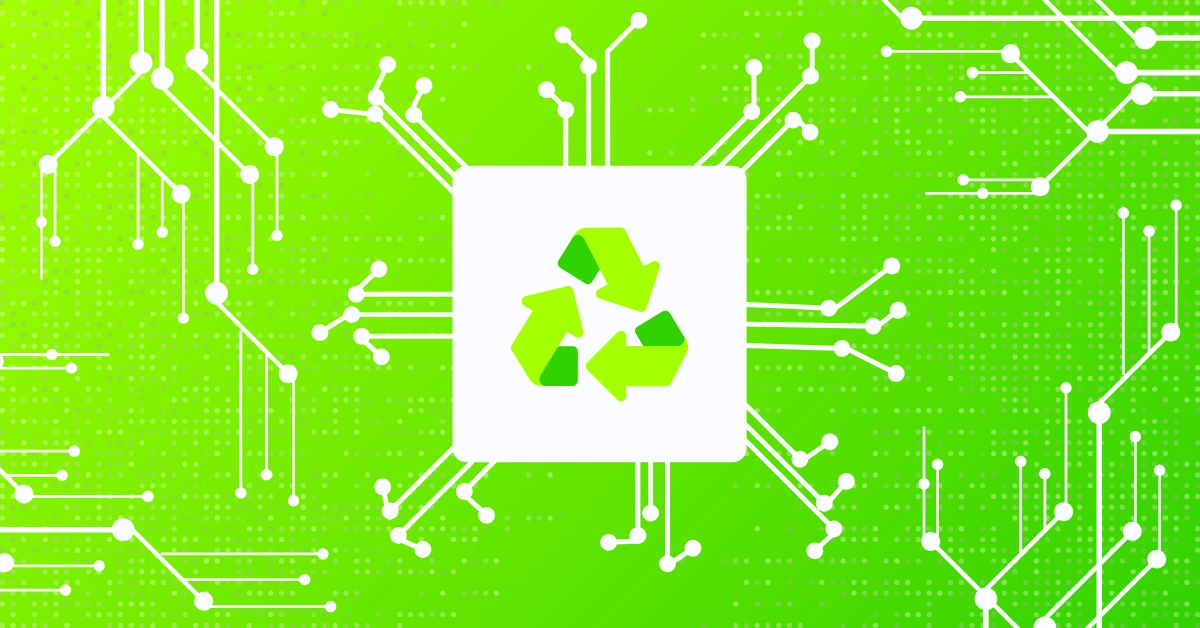At Riveo Creative, we are always assessing our impact on our stakeholders, our community, and our world. Our consideration of our environmental impact drives us to work hard to reduce our carbon emissions. One of the ways we do this is by utilizing digital communication and business operations as much as possible.
You may be surprised to learn, though, that even these digital solutions, when not properly managed, can be a hidden (but major) source of energy consumption and emissions, through the creation of digital waste.
From unused software licenses to energy-hungry servers, digital waste can have a significant impact on both the environment and your bottom line. Don’t worry though- we’ve got your back! Here are some steps that your business can take to minimize your digital footprint and promote sustainability:
1. Conduct a Digital Audit
The first step in minimizing digital waste is to conduct a thorough audit of your digital assets and processes. This includes assessing your software licenses, hardware usage, cloud storage, and energy consumption. Identify any redundant or unnecessary resources that can be eliminated or consolidated. By gaining a clear understanding of your digital footprint, you can develop a targeted plan for reducing waste.
2. Delete Old Emails
While it may be tempting to hold on to those years-old emails “just in case,” it’s important to be aware of the way they rack up emissions. Every email sent and received requires storage space on email servers. As the volume of emails increases, so does the demand for server storage capacity. This leads to the expansion of data centers and the consumption of additional energy to power and cool these facilities. Many emails, especially those with large attachments or unnecessary copies, occupy valuable server space unnecessarily, contributing to digital clutter and inefficiency.
3. Optimize Software Usage
Many small businesses invest in software licenses that they don’t fully utilize, leading to unnecessary expenses and waste. Take stock of your software subscriptions and evaluate whether each one is essential to your operations. Consider consolidating similar tools or switching to more cost-effective alternatives. Additionally, make sure to regularly update and patch your software to optimize performance and security.
4. Implement Energy-Efficient Practices
Digital technologies consume a significant amount of energy, contributing to carbon emissions and environmental degradation. To minimize your company’s energy footprint, implement energy-efficient practices such as turning off unused devices, enabling power-saving settings, and investing in energy-efficient hardware. Consider purchasing equipment with ENERGY STAR certification, which indicates high energy efficiency standards.
In conclusion, minimizing digital waste is not only beneficial for the environment but also for the long-term success of your business. By conducting a digital audit, deleting emails, optimizing software usage, and implementing energy-efficient practices, you can take proactive steps towards sustainability






